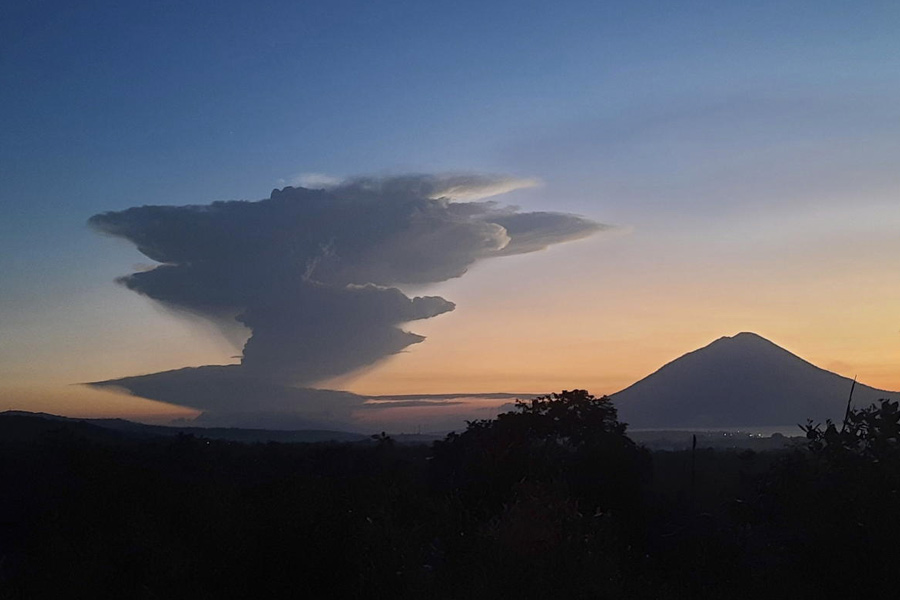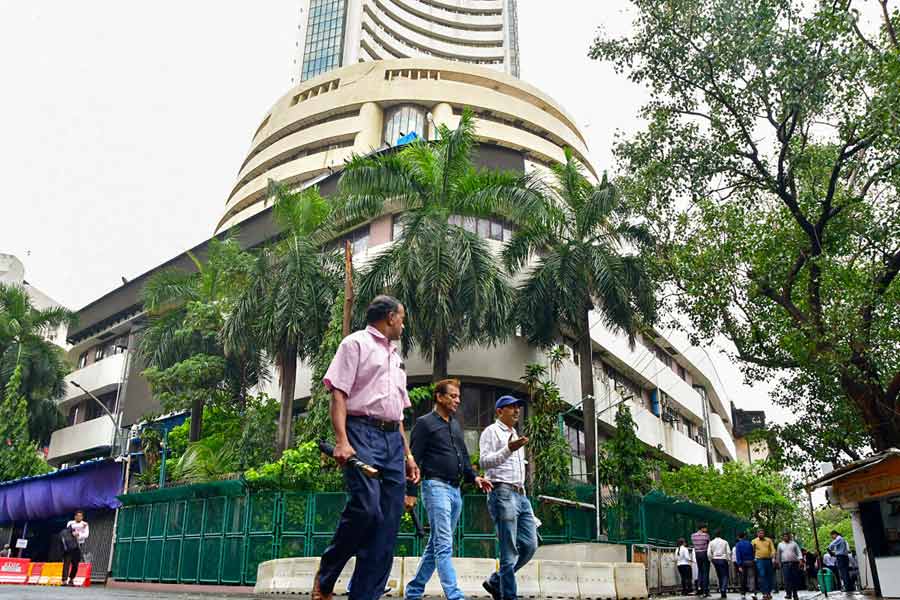 |
Book title: Heritage Shillong
Author: Dipankar Banerjee
Publisher: Jeewan Ram Mungi Devi Goenka Public Charitable Trust
Pages: 168
Price: Rs 1,500
There is always that list of “I wish I’d met him” people that one carries along in life. Dipankar Banerjee ranks high in mine. Of the historian, researcher and teacher, he perhaps wore the historian hat the best, at least for me, on my list.
So when Heritage Shillong came along, it just had to be reviewed, this one.
Nuggets of gold simply roll off these pages: “Sometime between 1903 and 1904, Shillong Club members succeeded in commissioning one of the finest golf courses on earth — the Shillong golf course, now among the four Indian golf courses on the world golf map.”
Here’s a glittering piece: “In the wake of the Jaintia rebellion in 1860-61, the British who had for long been mulling the shift of their Khasi and Jaintia headquarters from Cherrapunjee, finally took a decisive step. Colonel Henry Hopkinson, the then commissioner of Assam, selected the picturesque hamlet of Yeodo nearby as the new headquarters, and soon, civil departments began to relocate. On 28 June, 1866, Yeodo was renamed Shillong by a renotification…”
Banerjee’s style is enticingly simple. “On a cold pre-Christmas afternoon of 22 December, 1896, a handful of Assamese residents of Shillong gathered informally by the fireside of a small room in Laban with the purpose of forming a forum for discussion on socio-cultural matters. There was a lot of brainstorming and finally shape was given to what later would be known as the Assam Club. The fundamental objective of the club was very simple and straight: ‘To bring together all residents of Shillong, including Hindus, Muslims, Christians and others, on one platform and thereby fostering the growth of friendly feeling among them…”
The book has it all: great stories, nice text, pictures shot now in the modern times, grayscales and sepia toned collectors’ items, sketches, all of which so gently take the reader through Shillong’s mist-laden alleys.
And this is what makes the book even more special: it’s lovingly put together by a set of people who belong to Shillong, and who Shillong belongs to.
Initially, we had hoped to get Patricia Mukhim (from Shillong) to review the book. Trouble is she’d done the foreword.
Shankar Lall Goenka has published the book, on behalf of the Jeewan Ram Mungi Devi Goenka Public Charitable Trust. The names tell a story: These are people whose ancestors came from afar and stayed, and never went back. They became Shillongites, as Shillongite as could be, as Shillongite as its carols and petunias, peaks and clouds. “Being born and brought up in Shillong, the place is very dear to my heart,” says Goenka in his note from the publisher. “Born and brought up in…”— that is a definition of home.
For the visitor and lover of hills and dales, the book is a happy takeaway. For Shillongites, this is a story of home.
Just one thing remains to be said: this isn’t just a coffee table offering. This is a textbook. Let’s get smaller excerpts, make a soft cover for Shillong’s schoolchildren. Tell them the tale of Rao Bhavan in Kench’s Trace: that C.V. Raman, India’s Nobel laureate had acquired it sometime in the 1920s… Tell them the tale that makes the luscious jalebi curl at Delhi Mistan Bhandar in Police Bazar. They’ll be proud. As will Dipankar Banerjee.










